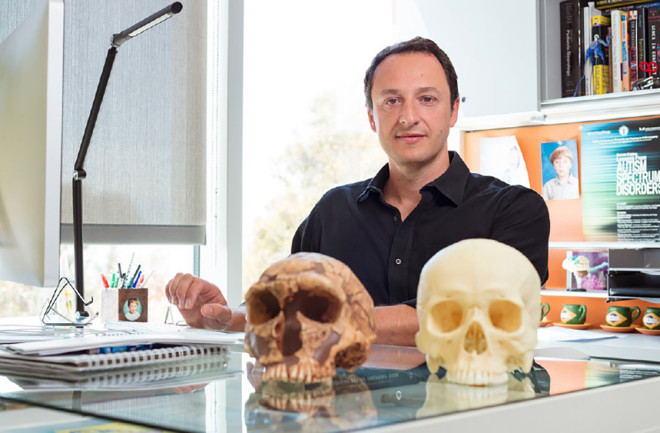For most of our history, Homo sapiens haven’t been the only humans on the planet. At least half a dozen other species are members of the genus Homo, all now extinct. Our closest evolutionary kin, Neanderthals, died off only about 40,000 years ago and shared many traits with us, including large brains.
Creating Neanderthal 'Mini-Brains' With Ancient DNA, CRISPR
Bringing ancient brains back to life may unlock clues into human brain evolution.
By Lacy Schley
Jan 1, 2019 6:00 AMNov 18, 2019 3:14 AM

Alysson Muotri, a geneticist at the University of California, San Diego, leads one of the teams using ancient DNA and cutting-edge gene editing to create Neanderthal “mini-brains” — rudimentary, pea-sized organoids of our evolutionary kin, grown in petri dishes. The researchers hope to learn more about brain evolution and even when and how conditions such as autism and schizophrenia originated. | UC San Diego Health
Newsletter
Sign up for our email newsletter for the latest science news
0 free articles left
Want More? Get unlimited access for as low as $1.99/month
Stay Curious
Sign up for our weekly newsletter and unlock one more article for free.
View our Privacy Policy
Want more?
Keep reading for as low as $1.99!
Already a subscriber?
Find my Subscription
More From Discover
Stay Curious
Subscribe
To The Magazine
Save up to 40% off the cover price when you subscribe to Discover magazine.
Copyright © 2025 LabX Media Group
